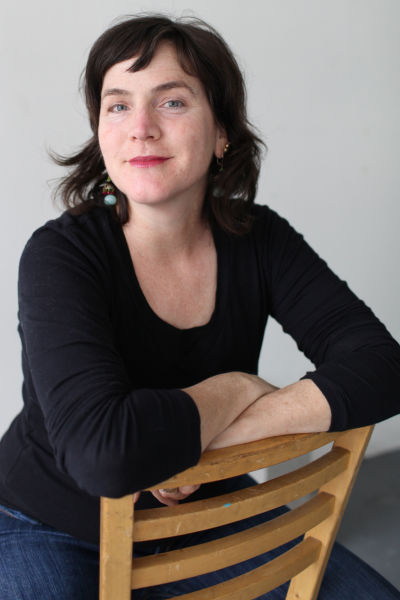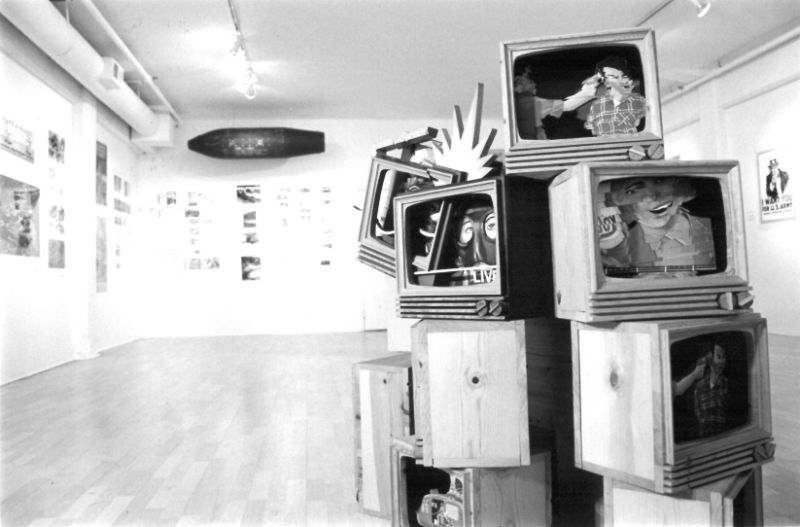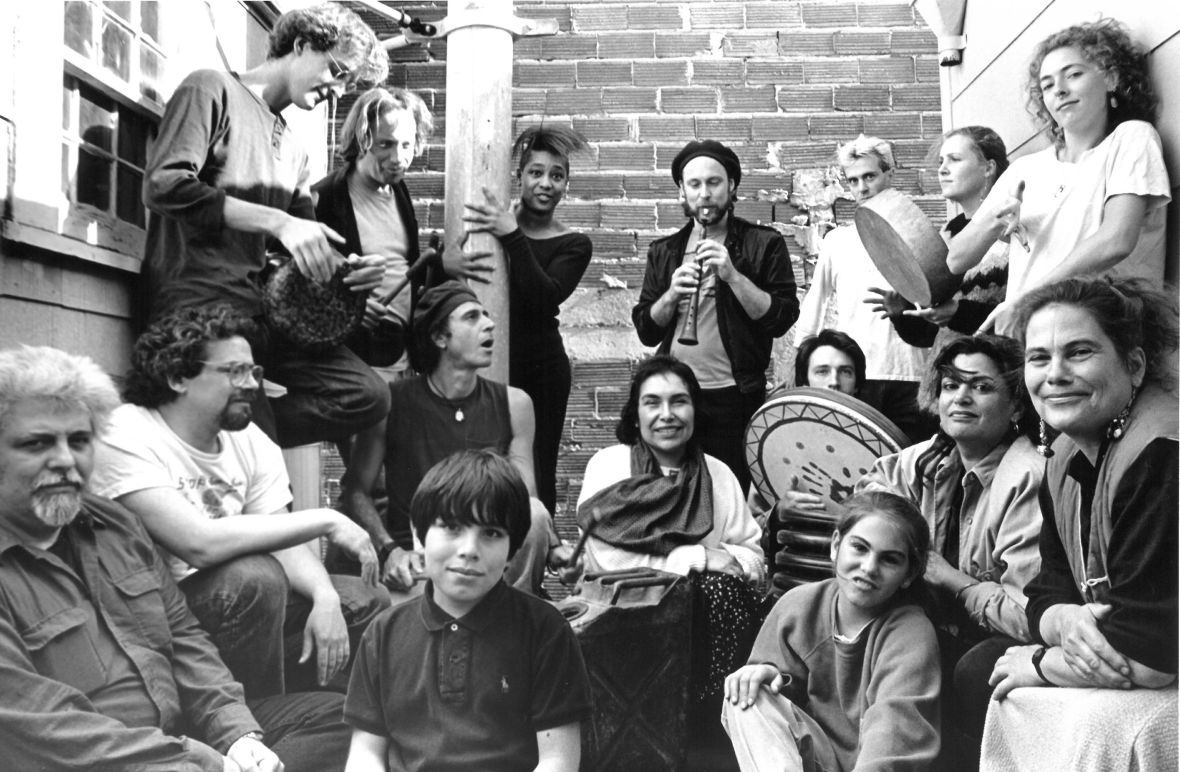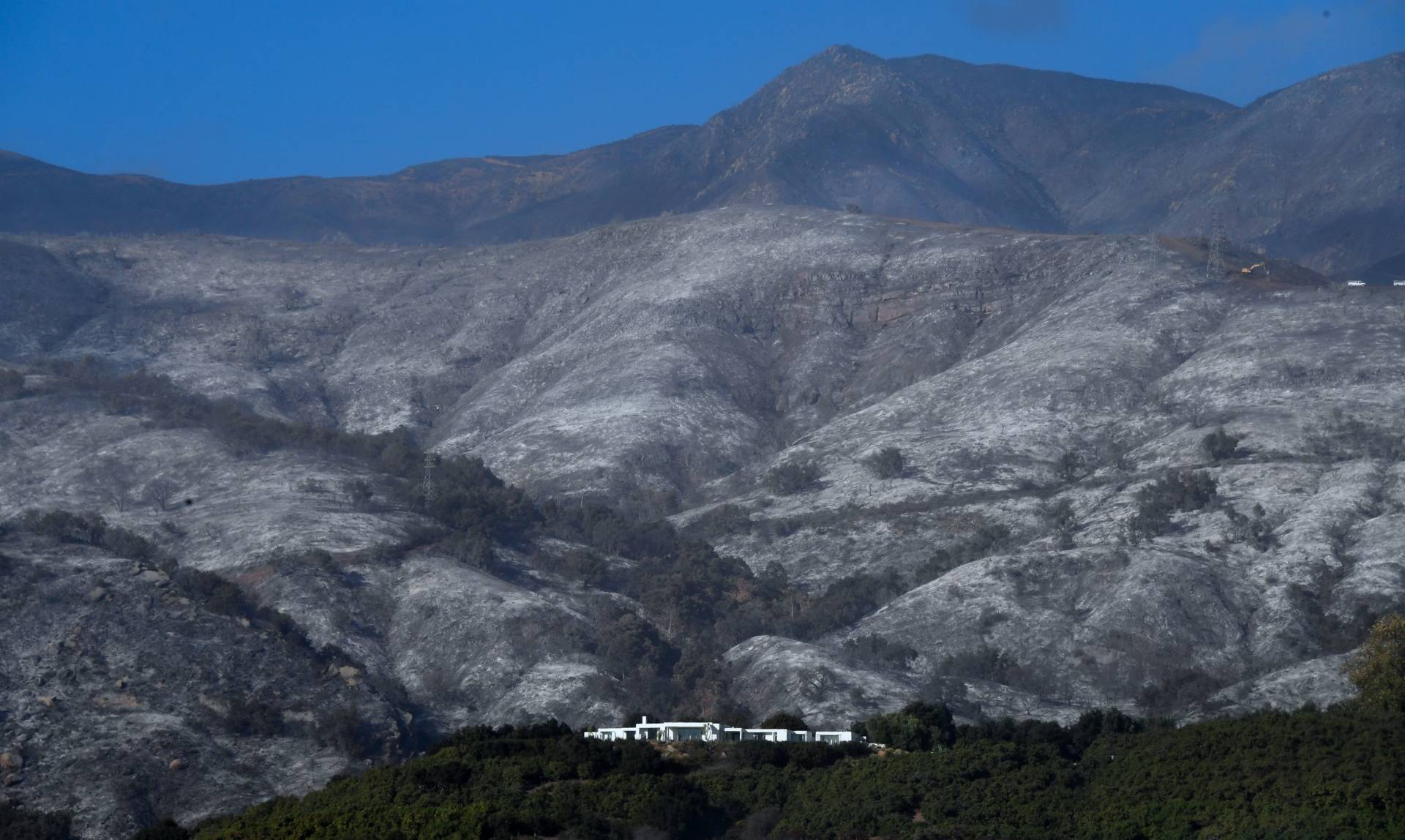“Like time travelers, archivists don’t mess with what they find,” Lexa Walsh tells me.
We stand in a room, unremarkable except that it’s filled with archival boxes, stacks of papers and piles of outdated posters. Interdisciplinary Oakland-based artist Walsh has been invited to curate The Archive Show for the 50th anniversary of the nonprofit Intersection for the Arts. “When I agreed to do this, my condition was, ‘As long as I can tell a truthful story.’”
Intersection, which began in 1965 as a church-sponsored, conscientious objector-staffed, alternative arts center, offers visual and performative art programming as well as a robust fiscal-sponsorship program for artists. The task of encompassing 50 years of a prolific multidisciplinary arts organization is an unruly one — even when the records are meticulously labeled. Truthfully, each discipline (literature, visual arts and performative arts) has enough material to host its own archive show. The theater troupe Campo Santo alone has 17 years’ worth of posters and ephemera in the archives.

Inside over 200 boxes, Walsh scrounged for treasures buried in newsletters, board meeting memos and long-obsolete analog media.
“The point of the show is to show the volume of content, both physical and ephemeral,” Walsh comments, noting that the past 10 years at Intersection demonstrate a marked decline in paper material. “I’m a real proponent for all of us in our daily lives to make material culture. You don’t know if that JPEG will be readable in 10 years.”




